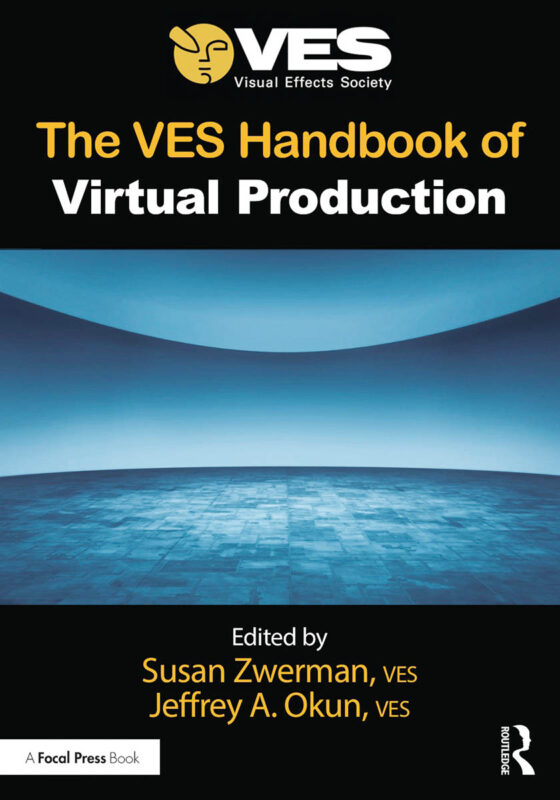By IAN MILHAM, ILM
Edited for this publication by Jeffrey A. Okun, VES
Abstracted from The VES Handbook of Virtual Production
Edited by Susan Zwerman, VES, and Jeffrey A. Okun, VES
By IAN MILHAM, ILM
Edited for this publication by Jeffrey A. Okun, VES
Abstracted from The VES Handbook of Virtual Production
Edited by Susan Zwerman, VES, and Jeffrey A. Okun, VES

What Is Unique About the Virtual Production Supervisor
The Virtual Production Supervisor is the head of a new on-set department that overlaps and interacts with many others. The work of interacting with other heads of departments may represent the majority of the VP Supervisor’s time, beyond what time they spend with the virtual production team itself. The VP Supervisor is the team’s advocate, champion and early warning system.
The virtual production work may be integrated just as much with the Production Designer, Art Department, the Director of Photography or Gaffer – not just with the VFX Supervisor. He/she needs to build specific relationships with multiple key partners across a production, in both pre-production and on set on the day.
Partners in Pre-Production
The goal of the VP Supervisor during pre-production is to lay the groundwork for a successful shoot day. They need to accomplish specific goals with key partners. The Director of Photography is perhaps the most important partner. The VP Supervisor needs to understand their visual goals so they are able to suggest how virtual production may help achieve those goals. They need to work with the DP to light the content that will be on the LED walls since it is an extension of the practical set that the DP will also be lighting. They also need to work with the DP on how that content lights talent and the practical set since it will be supplying the majority of lighting on the day.
Another key aspect with the DP is making sure that the DP can get his/her shots. This comes with discussions of what parts of the virtual set might need to be dynamic, or operable on the day, or virtually wild (so they can be hidden). Or will something in the shoot plan be a challenge for camera tracking, such as occlusion in the set or an unusual camera head?
Second only to the DP, the key relationships in prep are with the Production Designer and Art Department. On the day, these partners need to stand in front of the virtual set and have it be just as much a part of their vision as the practical one. The VP Supervisor needs to understand the visual goals of the set design and, as the Art Department creates it, ensure that the virtual version extends it seamlessly. Since the content team frequently is not on site, the VP Supervisor is the point person to make sure their content blends seamlessly with the practical set. This may involve delivering feedback and notes to them, or if the shoot is close, having the on-set team make those changes themselves.
Less prominent but still key in prep is the relationship(s) with the Director(s); the VP Supervisor representing the shooting experience to the Director(s) and learning any specifics of their shooting style that may need to be accounted for. Another key relationship in prep is with the VFX Supervisor – establishing goals for finals and any notable aspects of the scene, for example, unusual frame rates or elements that may be added in post.
The First AD is key to getting the shooting days in order and making them successful. This may be one of the most important relations the VP Supervisor will have. The First AD is responsible for the schedule and the set logistics. Operations of the virtual production team are invisible to the AD department, and they count on the VP Supervisor for information on the timing of the operations. That key information flows both ways and timely information from the First AD can allow the VP Supervisor to give early warning on upcoming stage operations so the VP team is ready to roll.
Order yours today!